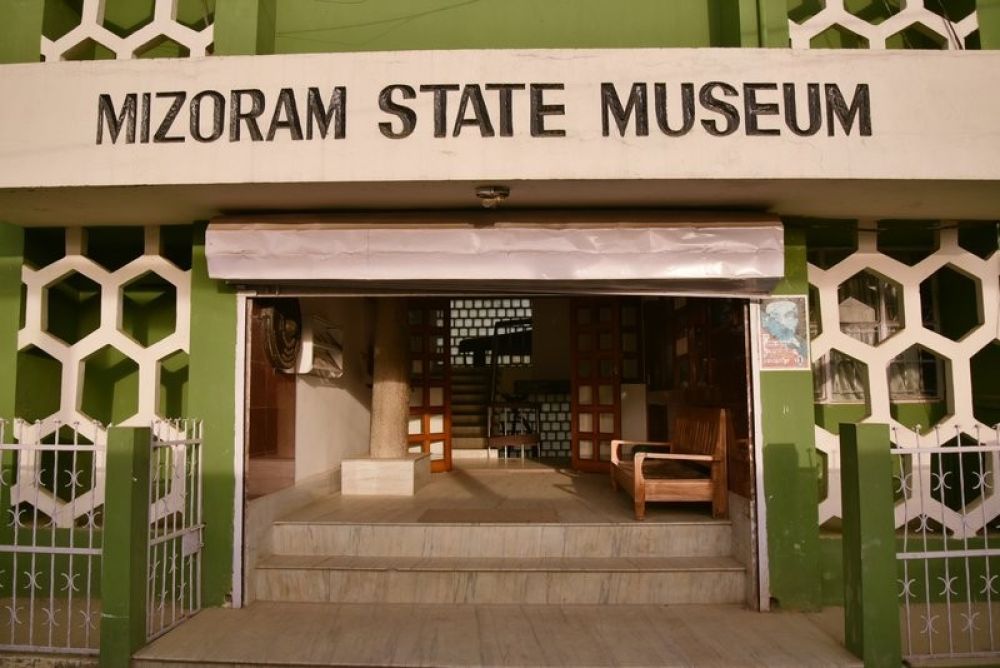

The Mizoram State Museum, located in the heart of Aizawl, the capital city of Mizoram, India, is a treasure trove of the rich cultural heritage and history of the Mizo people. Established in April 1977, the museum has since become a central attraction for both local and international tourists interested in understanding the unique culture and traditions of this northeastern Indian state.
Originally started with the aim of preserving and promoting the cultural artifacts of the Mizos, the museum has grown both in size and in the scope of its collection over the years. It's housed in a modern building, but within its walls, visitors will find a deeply traditional and historical ambiance, spanning a wide range of subjects from archaeology to wildlife, and ethnology to handicrafts.
The Mizoram State Museum boasts of about 2,500 objects on display, which provide deep insights into the lives of the Mizoram people. The exhibits are organized into several galleries, each dedicated to a particular theme, such as:
Accessibility: The museum is easily accessible from all parts of Aizawl. It offers educational tours, guided tours, and also occasionally hosts special thematic exhibitions, adding further appeal to its intriguing collection.
Tourism in Mizoram is evolving with an increasing emphasis on sustainable and community-based tourism. There's a growing trend of homestays and cultural tours that provide an immersive experience, allowing tourists to live and interact with local Mizo families. Adventure tourism is also on the rise, with trekking, mountaineering, and river sports attracting thrill-seekers to this picturesque state.
As tourism to the region grows, the Mizoram State Museum has adapted by extending its visiting hours, now open from Monday to Friday (9:00 am to 5:00 pm), and achieving a nominal entry fee to ensure proper maintenance and preservation of the artifacts for future generations.
The Mizoram State Museum is a must-visit destination in Aizawl for anyone looking to delve into the unique and vibrant culture of the Mizo people. As an evolving institution, it continues to play an important role in documenting, preserving, and showcasing the rich tapestry of life in Mizoram, making it a central pillar of tourism in the state.